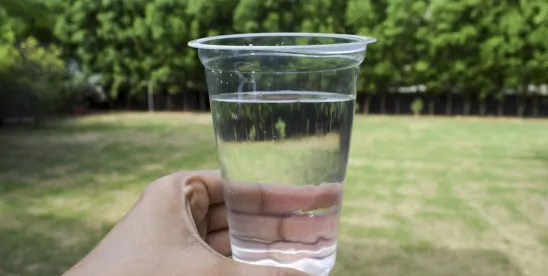Two weeks after U.S. Environmental Protection Agency (EPA) Administrator Zeldin outlined the agency’s PFAS plan in broad strokes, EPA provided more detail on how it intends to proceed with respect to drinking water standards for certain Per- and Polyfluoroalkyl Substances PFAS. On May 14, 2025, EPA announced that it will “keep the current National Primary Drinking Water Regulations (NPDWR) for perfluorooctanoic acid (PFOA) and perfluorooctane sulfonic acid (PFOS)” but intends “to rescind the regulations and reconsider the regulatory determinations for PFHxS, PFNA, HFPO-DA (commonly known as GenX), and the Hazard Index mixture of these three plus PFBS.” Under the Biden administration, EPA set the NPDWRs, or maximum contaminant levels (MCLs), at 4 parts per trillion (ppt) each for PFOA and PFOS, 10 ppt each for PFHxS, PFNA, and HFPO-DA, and a Hazard Index of 1 for a combination of two or more of PFHxS, PFNA, HFPO-DA, and PFBS. The PFAS NPDWR was the first time EPA used a Hazard Index as a regulatory standard for drinking water.
EPA also announced “its intent to extend compliance deadlines for PFOA and PFOS, establish a federal exemption framework, and initiate enhanced outreach to water systems, especially in rural and small communities, through EPA’s new PFAS OUTreach Initiative (PFAS OUT).” EPA’s new PFAS OUT program is targeted at public water utilities “known to need capital improvements to address PFAS in their systems.” EPA stated it plans to extend the current 2029 deadline to comply with the MCLs for PFOA and PFOS to 2031. EPA has not elaborated on what it means by “a federal exemption framework,” but the announcement referred to drinking water systems as “passive receivers,” a phrase that EPA and others have used in talking about potential exclusions from CERCLA’s liability scheme.
EPA plans to accomplish these regulatory changes by publishing a proposed rule this fall, with an expected final rule in spring 2026. It is unclear whether the proposed extension of the compliance date will be included in the proposed rule or will be a separate action by the agency. Stakeholders should watch for the proposed rule’s publication and submit comments during the public comment period.
In the meantime, litigation regarding the PFAS NPDWR remains pending in the D.C. Circuit. On May 12, 2025, the U.S. Department of Justice requested an additional 21 days to decide how to proceed.
More PFAS-related announcements are expected from EPA as the agency provides more detail regarding the items identified in its April 28, 2025 PFAS plan.





 />i
/>i
